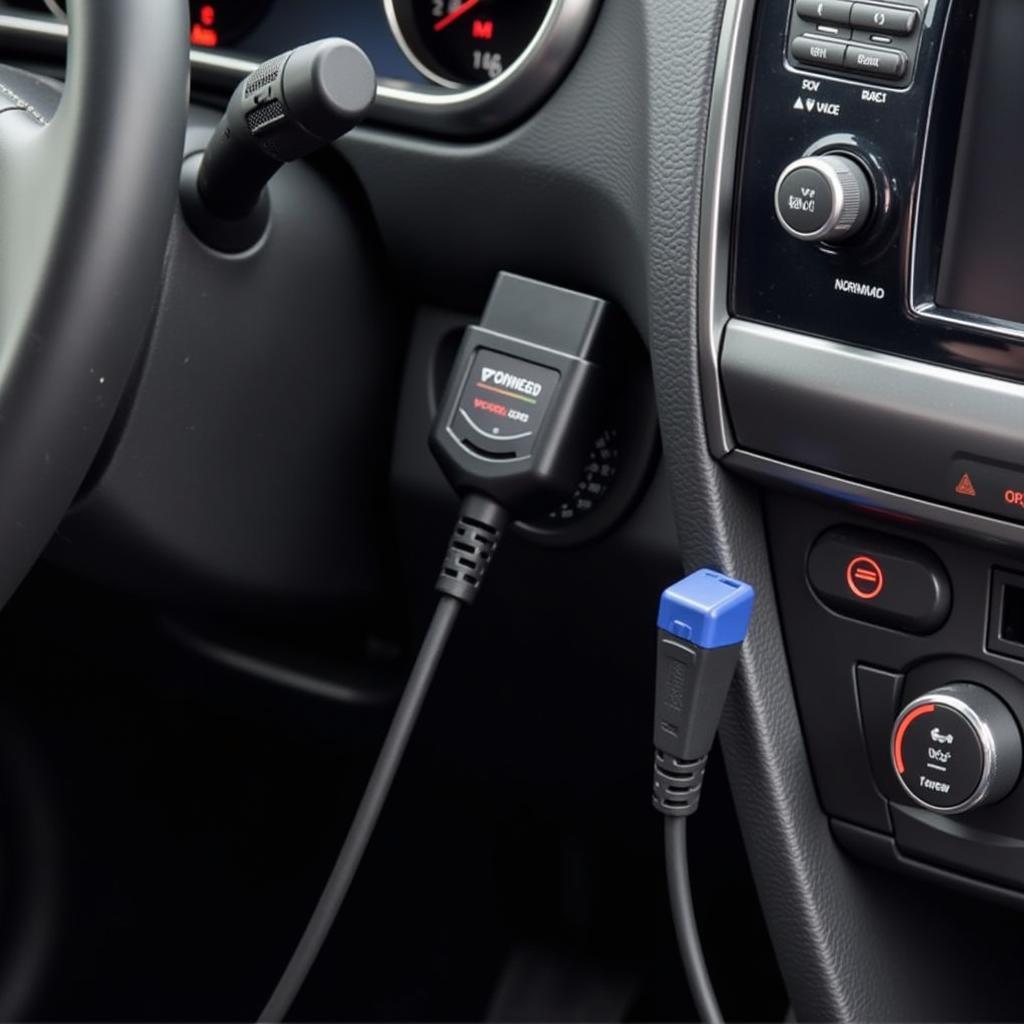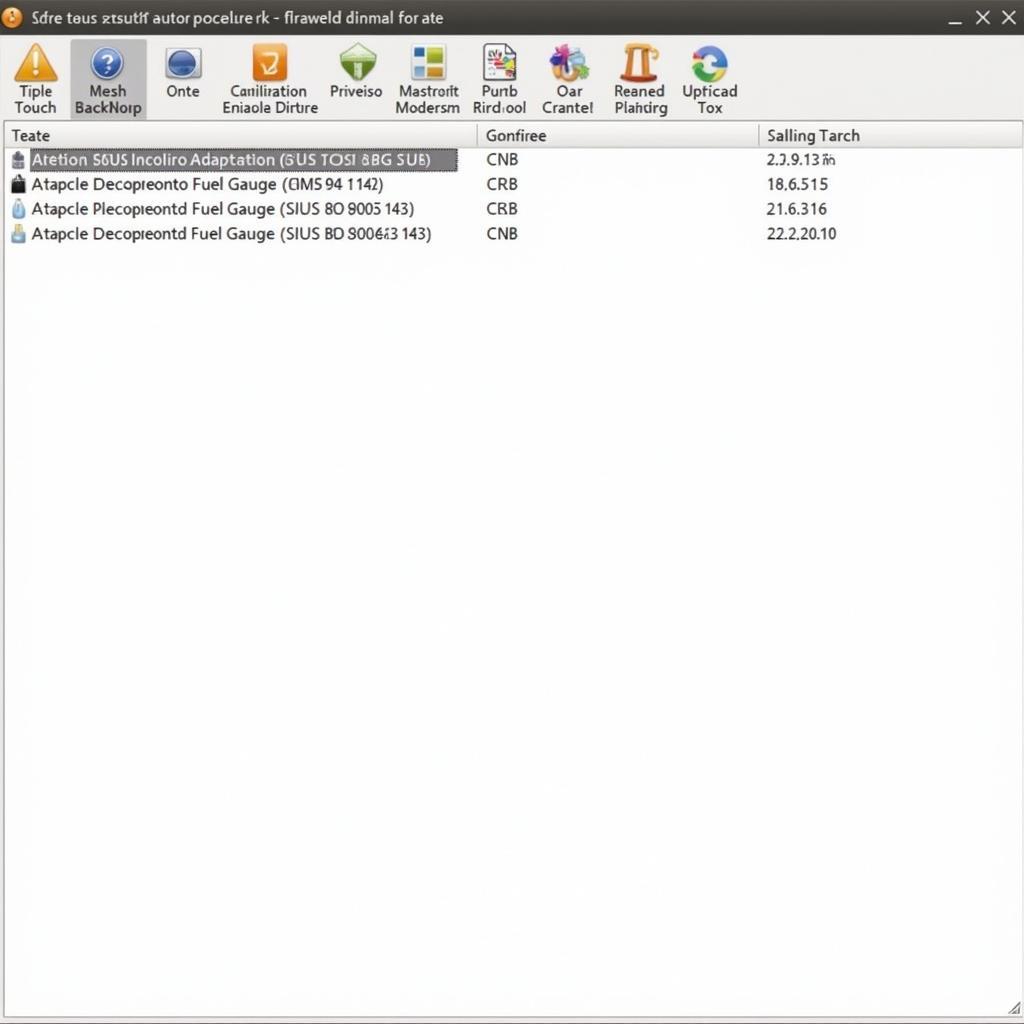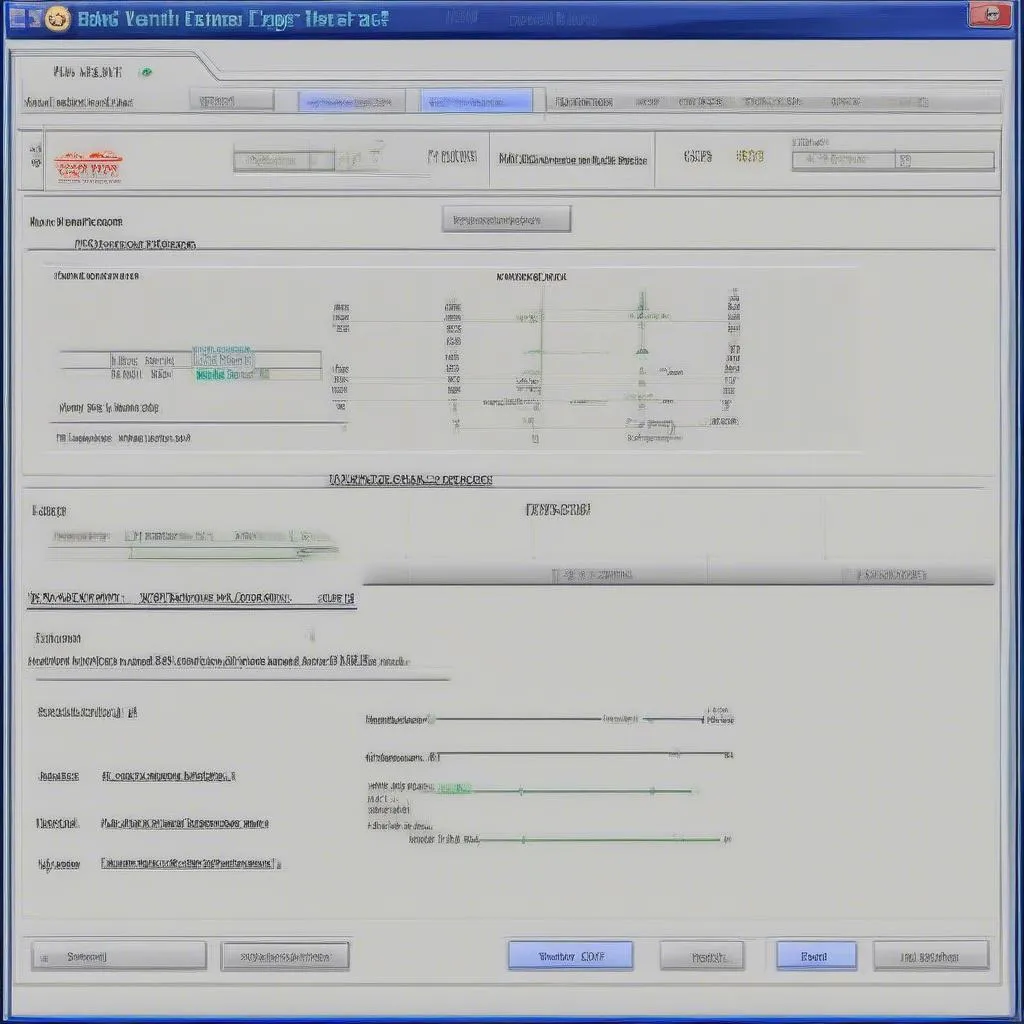VCDS fuel gauge calibration is a crucial process for ensuring accurate fuel level readings in your vehicle. Inaccurate readings can lead to unexpected fuel outages, range anxiety, and even damage to the fuel pump. This guide will delve into the intricacies of VCDS fuel gauge calibration, providing you with the knowledge and steps to perform this procedure effectively.
Understanding the Need for VCDS Fuel Gauge Calibration
Why would you need to calibrate your fuel gauge? Over time, the fuel level sensor in your tank can wear out or become misaligned, leading to inaccurate readings on your dashboard. This can be incredibly frustrating, especially on long journeys. VCDS, or Vag-Com Diagnostic System, offers a powerful tool to recalibrate this sensor and restore accuracy. This not only provides peace of mind but also helps prevent potential damage to your fuel system.
Performing VCDS Fuel Gauge Calibration: A Step-by-Step Guide
Before you begin, ensure you have the necessary tools: a VCDS cable and compatible software installed on your laptop. Here’s a simplified guide to the process:
- Connect and establish communication: Connect the VCDS cable to your vehicle’s OBD-II port and your laptop. Launch the VCDS software and establish communication with your car’s control modules.
- Access the Instrument Cluster: Navigate to the “Instrument Cluster” module within the VCDS software.
- Adaptation Channels: Locate the adaptation channels related to fuel gauge calibration. These channels vary depending on your vehicle’s make and model, so consult your vehicle’s specific documentation or online forums.
- Adjusting the Values: Carefully adjust the values in the relevant adaptation channels to calibrate the fuel gauge. This process often involves entering specific numerical values or performing a series of tests. Again, consult your vehicle’s documentation for precise instructions.
- Save and Verify: Once the adjustments are made, save the changes and verify the accuracy of the fuel gauge by filling your tank and observing the readings.
 VCDS Cable Connected to OBD Port
VCDS Cable Connected to OBD Port
Common Issues and Troubleshooting
Sometimes, calibration might not go as smoothly. Here are some common issues and how to troubleshoot them:
- Incorrect Adaptation Channels: Double-check you’re using the correct adaptation channels for your specific vehicle.
- VCDS Communication Errors: Ensure your VCDS cable and software are functioning correctly and that communication with the vehicle is stable.
- Persistent Inaccuracy: If the fuel gauge remains inaccurate after calibration, there might be a problem with the fuel level sensor itself, requiring replacement.
 VCDS Software Interface Showing Adaptation Channels
VCDS Software Interface Showing Adaptation Channels
Beyond Calibration: Maintaining Fuel System Health
While VCDS fuel gauge calibration is a valuable tool, maintaining overall fuel system health is equally important. Regularly check for fuel leaks, replace your fuel filter as recommended, and avoid running your tank too low to prevent premature wear on the fuel pump.
Expert Insights on VCDS Fuel Gauge Calibration
“Accurate fuel readings are not just about convenience; they’re essential for preventing damage to your fuel system,” says John Miller, a seasoned automotive diagnostician with over 20 years of experience. “VCDS calibration provides a precise method to ensure your fuel gauge is providing reliable information.”
Conclusion
VCDS fuel gauge calibration is a powerful technique to restore accuracy to your fuel level readings. By following the steps outlined in this guide and troubleshooting any potential issues, you can ensure reliable fuel level information and maintain the health of your fuel system. Remember to always consult your vehicle’s specific documentation for precise instructions. Ignoring inaccurate fuel gauge readings can lead to unnecessary headaches and potential damage. Taking the time to perform a VCDS calibration can save you time, money, and frustration in the long run.
FAQs
- How often should I calibrate my fuel gauge? Calibration is usually only necessary when you notice inaccurate readings or after replacing the fuel level sensor.
- Can I perform VCDS calibration myself? Yes, with the right tools and information, you can perform this procedure yourself.
- What if the calibration doesn’t work? If the problem persists, it might indicate a faulty fuel level sensor requiring replacement.
- Is VCDS calibration safe for my car? Yes, when performed correctly, VCDS calibration is a safe procedure.
- Where can I find specific instructions for my vehicle? Consult your vehicle’s owner’s manual or online forums dedicated to your make and model.
- What are the signs of a faulty fuel level sensor? Inaccurate or erratic fuel gauge readings are the primary indicators.
- How much does a VCDS cable cost? Prices vary, but you can find reliable cables within a reasonable price range.
More Questions? Check Out These Related Articles:
- Understanding Your Car’s Fuel System
- Common OBD-II Diagnostic Codes and Their Meanings
- DIY Car Maintenance Tips and Tricks
Need further assistance? Contact us via Whatsapp: +1 (641) 206-8880, Email: [email protected] or visit us at 276 Reock St, City of Orange, NJ 07050, United States. Our customer support team is available 24/7.



